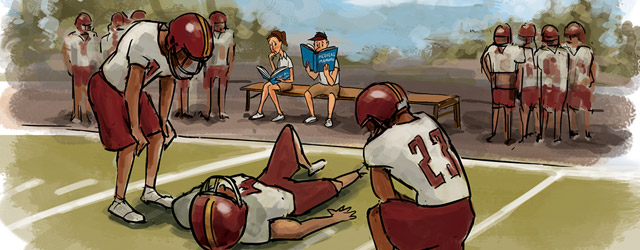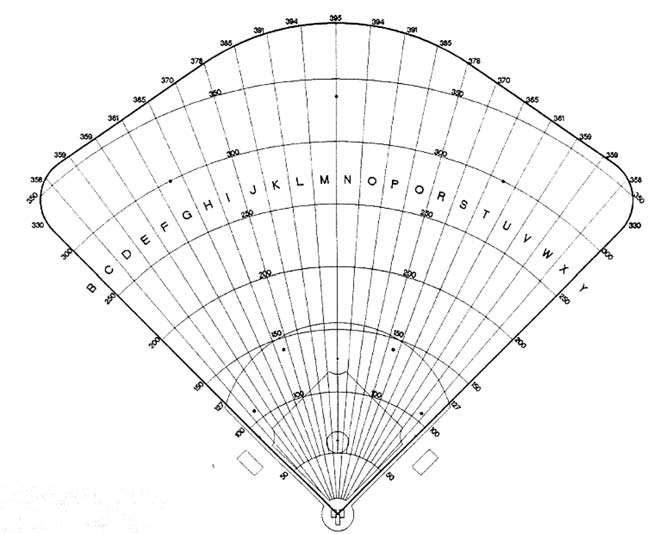Roberto Clemente is the face for Google’s acknowledgement of Hispanic Heritage Month in the United States.
Recordamos lo trágicamente que murió y honramos lo maravillosamente que vivió. Nadie tiene mayor amor que este, que uno dé su vida por sus amigos.
I hope the Spanish is correct.
---
Mi esposa y yo asistimos a la conferencia SABR48 en Pittsburgh este verano. La conferencia comenzó con un homenaje a la vida de Clemente y su impacto. Para escuchar la reverencia en la voz de cada orador, sabías que este era un hombre especial.
Las Grandes Ligas de Béisbol deberían hacer lo correcto y retirarse # 21. No disminuiría el honor de retirarse # 42 más que agregar Martin Luther King a Mount Rushmore disminuiría a los honrados anteriormente.
MLB hace lo correcto, como lo hizo Clemente. # honorClementeretire21.
Par mis amigos un Sociedad de Investigadores del Béisbol de América - Capítulo Puerto Rico
--
My wife and I attended the SABR48 conference in Pittsburgh this summer. The conference began with a tribute to Clemente's life and his impact. To hear the reverence in each speaker's voice, you knew this was a special man.
Major League Baseball should do the right thing and retire #21. It would not diminish the honor of retiring #42 any more than adding Martin Luther King to Mount Rushmore would diminish those previously honored.
MLB do the right thing, as Clemente did. #honorClementeretire21.
For my friends at Society of American Baseball Research - Puerto Rico Chapter


